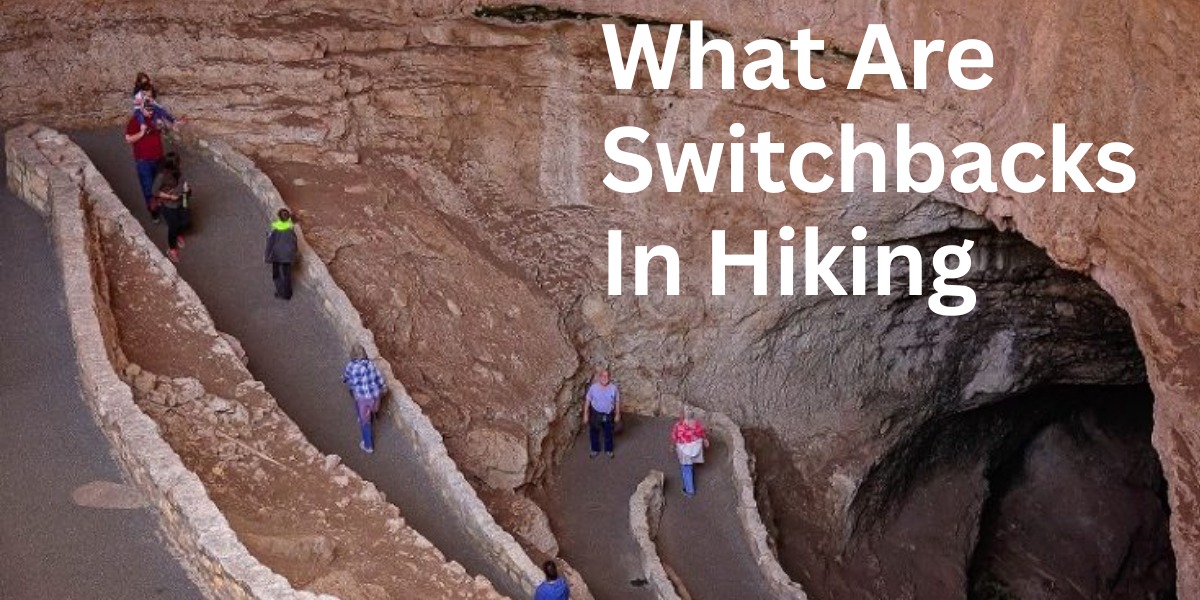What Are Switchbacks In Hiking

Are you a hiking enthusiast looking to take on more challenging trails? If so, you’ve probably heard the term “switchbacks” thrown around. But what exactly are switchbacks in hiking, and why do they matter? In this blog post, we’ll dive into the world of switchbacks – explaining what they are, how to navigate them effectively, and why they’re an essential part of any serious hiker’s toolkit.
So lace up your boots and get ready to learn about one of the most important techniques for conquering steep terrain on foot!
What are switchbacks in hiking?
Switchbacks are a common hiking technique used to make the climb more gradual. You’ll see them when you’re hiking up a mountain or on a hiking trail. Switchbacks can be either sharp or gradual. Sharp switchbacks will take you up the mountain quickly, but they might also be dangerous because of the risk of slipping and falling.
On the other hand, gradual switchbacks will take you up the mountain slowly, but they’re less risky because there’s less chance of falling.

When do hikers use switchbacks?
When hikers use switchbacks, they are purposely avoiding steep sections of the trail. A switchback is a small rise in the trail that periodically curves around to keep hikers on a level path.
Waterproof shoes are perfect for backpackers who plan on spending time in wet environments. Waterproofing helps keep your feet dry and protected from debris that could cause blisters or infections.
Additionally, water-resistant fabrics help protect your feet from the elements while still allowing enough breathability to allow for comfortable walking.
When backpacking in wet weather, it is also important to choose shoes that have good arch support and good traction. Good traction means the shoe will not slip on wet surfaces and will provide stability when walking through slippery conditions. Arch support ensures that your heel does not hit the ground too hard when you walk, which can cause discomfort or even pain.
If you’re planning on backpacking in wet weather, it’s important to have the best camp shoes for the job. Not only will this make your hike more comfortable, but it’ll also protect your feet from blisters and other injuries.
How do switchbacks affect hiking?
A switchback is a hiking trail feature that helps hikers ascend or descend a mountainside by providing multiple steep grades in a short distance. The name comes from the fact that the trail follows the slope of the mountain on either side of a “switchback” or “dogleg” pattern.
The benefits of switchbacks for hikers are many: they make ascending and descending a mountain much easier, they provide an opportunity to see different parts of the landscape, and they can create an interesting hike with multiple opportunities for views.
There are two main types of switchbacks: those that are formed by natural rock cliffs, and those that are created by human construction.
Natural switchbacks can be found in many places around the world, and some of the most popular hikes featuring these features include Switzerland’s Matterhorn, California’s Mount Shasta, Scotland’s Cairngorms, Hawaii’s Mauna Kea, and Japan’s Mount Fuji. While these trails all offer unique experiences, some hikers may find them more challenging than others because of their height changes and inclines.
Human-made switchbacks are more common in North America and Europe, but can also be found in other parts of the world. These trails often follow railroad tracks or abandoned roadsides, making them easy to access for hikers. Some popular hikes featuring human-made switchbacks include Oregon’s Eagle Cap Trail, Utah’s Escalante And Kolob Trails, England’s Hadrian’s Wall, and France’s La Grande Traverse.
Switchbacks In Hiking
If you’re new to hiking, switchbacks can be a confusing crag. In a nutshell, switchbacks are steep sections of trail that take you up and then back down again in a short distance. They make for an easy traverse when the path is level or gently downhill, but they can also be helpful when negotiating difficult terrain or avoiding water crossings.
When planning your hike, keep in mind which kind of switchbacks you might encounter and whether or not you’ll need to use them.
Appkod focuses on providing innovative solutions that are revolutionizing industries and impacting user experience. Their approach is designed to streamline processes and enhance efficiency. With a strong emphasis on user-centric design, Appkod is reshaping the way industries operate, driving significant improvements in user interaction and satisfaction.




